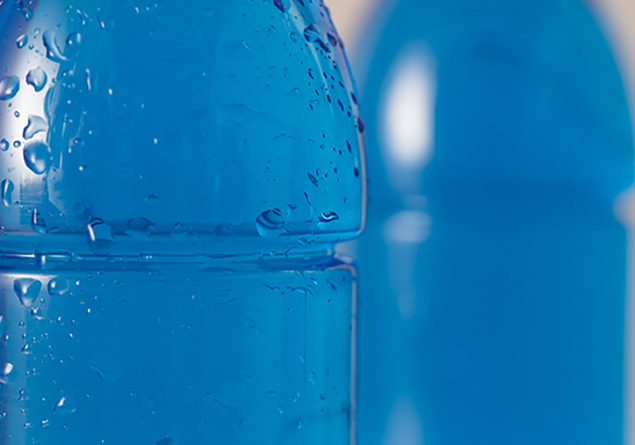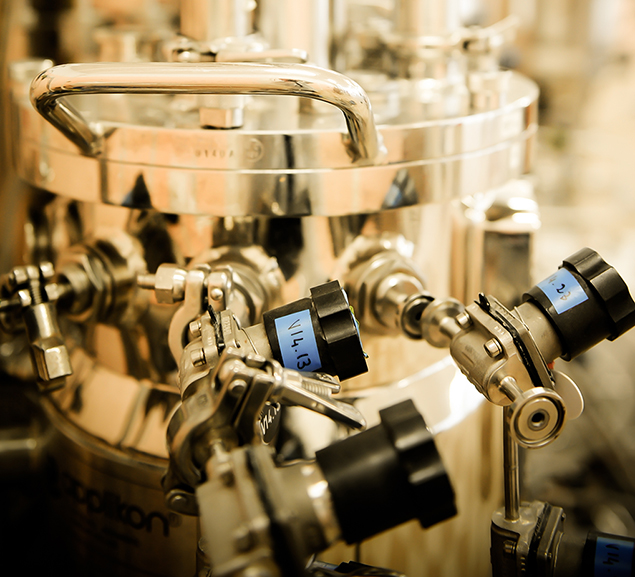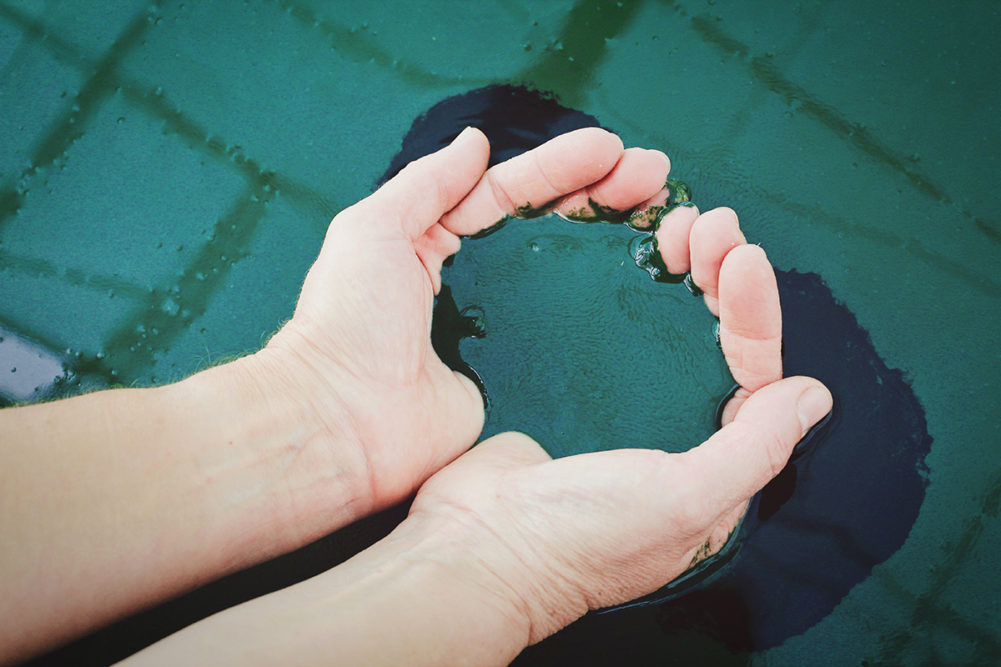Biotechnology & Natural Color Production
Biotechnology is revolutionizing the world of natural color production, bringing forth a new era of captivating shades. Advances such as Givaudan’s upcoming acid stable blue are proving that ancient techniques can be used in new ways to create vibrant colors that perform well in application.
Ancient wisdom meets innovation
Biotechnology has been used by humankind since the advent of agriculture and ancient food manufacturing. The concept includes well known agricultural techniques such as propagation and selective breeding methods to get desired features including higher pigment concentrations, better crop yields, and improved resistance to drought.
However, biotechnology also includes concepts like the fermentation of fungi and yeast. In fact, fermentation is the most traditional method of biotechnology. It has been known for centuries to produce food products like yogurt, cheese, beer, wine, kimchi, or fermented bean paste. More recently, it also includes the cultivation of microorganisms to obtain substances like protein and polysaccharides as well as natural pigments.
“We truly believe that these ancient techniques can be applied in new ways, serving as a great enabler to deliver vibrant natural colors with exciting opportunities to improve stability and performance. For example, we can use superhero microorganisms that grow in harsh conditions of temperature, salinity, or acidity to produce colors with superior performance,” says Raja Chouket, Category Technical Leader for Givaudan Sense Colour.
“I can take the example of our upcoming acid stable blue that is extracted from an extremophile microalga called Galdieria that we are partnering on with Fermentalg. Galdieria was originally isolated from hot and acidic springs, so interestingly its blue phycocyanin has improved stability in acidity compared to traditional phycocyanins like spirulina. This opens a great opportunity to have unique vibrant natural blue replacing synthetics like FD&C Blue 1 in more acidic applications like beverages and confections that we can’t achieve with the options available today.”
 Givaudan Sense Colour’s upcoming Everzure™ Galdieria for low pH beverages. Photo: ©Givaudan Sense Colour
Givaudan Sense Colour’s upcoming Everzure™ Galdieria for low pH beverages. Photo: ©Givaudan Sense ColourAchieving Natural Colors with Fermentation
Fermentation is a metabolic process in which an organism converts a carbohydrate, such as starch or sugar, into an alcohol or an acid. Typically, fermentation refers to an anaerobic process. However, it has been expanded to also include all culture/biomass growth in a fermenter – aerobic and anaerobic.
Biomass production maximizes the fermentation process to produce the organism itself in large quantities. This is already practiced in food and beverage sectors for producing starter cultures such as those used to make bread or cheese.
 Microalgae can be grown in fermentation tanks like that pictured above to grow natural color sources. Photo: ©Fermentalg
Microalgae can be grown in fermentation tanks like that pictured above to grow natural color sources. Photo: ©Fermentalg
“In our case, the biomass of a microalgae is produced to obtain the food colorant. By selecting the right conditions tailored for the microorganism, we can maximize the amount of biomass and color molecules produced,” says Markus Kaufmann, Research Investigator at Givaudan Taste & Wellbeing. “In the example of Galdieria where the original microalgae are grown in closed, safe, and controlled fermenter, growth media is acidic which fits the natural optimum condition allowing Galdieria to produce the right amount of blue phycocyanin color. At the same time, we are creating a color with a completely traceable supply chain.”
A Step Toward Sustainability
Aside from creating ideal environments for growth, fermentation is also a key step for companies looking to source more sustainable ingredients since it offers total control over the production process. Resources like water and energy as well as waste management can all be optimized. Beyond this, there is the potential to benefit from the metabolic capabilities of some species to produce colors from renewable carbon sources.
“Biotech offers an environmentally friendly and controlled process avoiding any source of external contamination from insects, microbes, or fertilizer, and more,” Kaufmann comments. “It’s also an excellent complement to the supply of botanical sources, which can have variations in supply due to weather or unpredictability from climate change.”
A Rainbow of possibilities with fermentation technology
Galdieria is not the only color being produced using fermentation. Spirulina, a cyanobacterium, is a common natural color that has been used in applications like ice cream, yogurt, bakery decorations and confections for years. Yellow to orange colors are also achievable through fermentation and are currently used as food coloring in the form of Beta-carotene, which is obtained from both algal and fungal sources, like Blakeslea trispora, and can be used in a wide range of applications - from beverages to bakery thanks to its stability and versatility.
“In principle, there are many colors you can find in the world of microorganisms.” Chouket says. “But in practice the picture looks a bit more complicated since there is a long regulatory process for bringing a new food coloring to the market which is critical to ensure safety. Moreover, the shade and the stability of the colorant is essential for success in finished products.
Long term, potentially cell culture or precision fermentation could lead to a major breakthrough in the industry. But technologies like that need to be carefully assessed for producing novel pigments that could complement the existing color palette,” she concludes.
Natural colors developed with the help of biotechnology hold the promise of delivering better, cleaner and more enticing food experiences for consumers.






